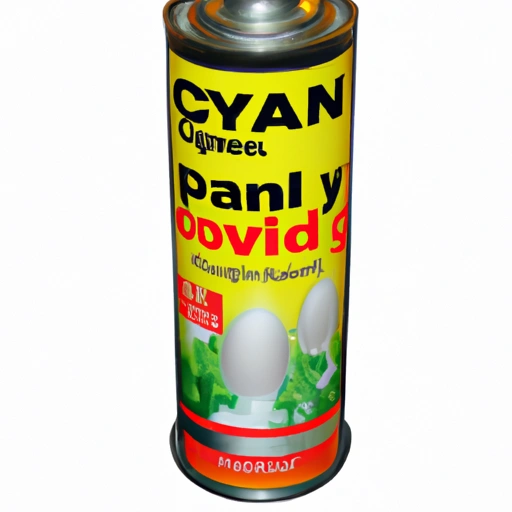Cooking Spray
Description

Cooking spray is a convenient aerosol product used as a substitute for traditional cooking fats such as oil, butter, or lard. It's designed to provide a non-stick surface to cookware, bakeware, and grills, helping to prevent food from sticking and making cleanup easier. Cooking sprays are made from various types of oils, such as canola, olive, vegetable, or coconut oil, and may contain lecithin from soybeans as an emulsifier. They often contain minimal amounts of added ingredients, like propellants, to dispense the oil as a fine mist, allowing for more precise control over the quantity used, which can be measured in grams or ounces (oz) for American recipes, or milliliters (ml) and liters (l) for European recipes.
Common uses
Cooking sprays are commonly used to grease pans for baking, sautéing vegetables, grilling meats, and preparing eggs. They are also used to prevent foods from sticking to cooking surfaces, such as waffle irons and sandwich makers.
Nutritional value
Calories
Typically, cooking sprays contain fewer calories than traditional cooking oils, as they're used in smaller quantities. A serving size, which is about a one-second spray (0.25g), generally contains no more than 1-2 calories.
Protein
Cooking sprays contain negligible amounts of protein.
Fat
The fat content in cooking sprays is low per serving due to the small amount dispensed with each spray, though the oils used are primarily fats.
Carbohydrates
There are no carbohydrates in cooking sprays, as they consist of pure oil.
Vitamins
Some cooking sprays may contain vitamins such as vitamin E, depending on the type of oil used. For example, sprays made with olive oil may have higher vitamin E content.
Minerals
Cooking sprays generally do not contain minerals.
Health benefits
Using cooking spray can contribute to a healthier diet by reducing the amount of fat and calories added to foods. It can help in weight management and support heart health by limiting saturated fats in cooking.
Potential risks
Overuse of cooking sprays can lead to an unnecessary addition of calories and fats. Some individuals may be sensitive to certain ingredients like soy lecithin found in many sprays. Moreover, inhaling aerosol sprays can be harmful, hence they should always be used in a well-ventilated area.
Common recipes
Cooking sprays are used in a variety of recipes, including baked goods like cakes and cookies, egg dishes such as omelets and frittatas, and grilled or roasted meats and vegetables.
Cooking methods
Cooking sprays are suitable for baking, grilling, sautéing, and roasting. They are not recommended for high-heat cooking like deep-frying due to their low smoke point.
Pairing with other ingredients
Cooking sprays can be paired with virtually any food item that requires a non-stick surface. They are particularly handy when working with sticky ingredients like honey, syrups, or sugar glazes.
Summary
Cooking spray is a versatile ingredient that offers a healthier, lower-calorie alternative to traditional cooking fats. It ensures easy release of food from cooking surfaces and aids in even cooking. While it offers several benefits, it should be used in moderation to avoid unnecessary calorie intake. Always select a cooking spray that aligns with your dietary needs and cooking methods.